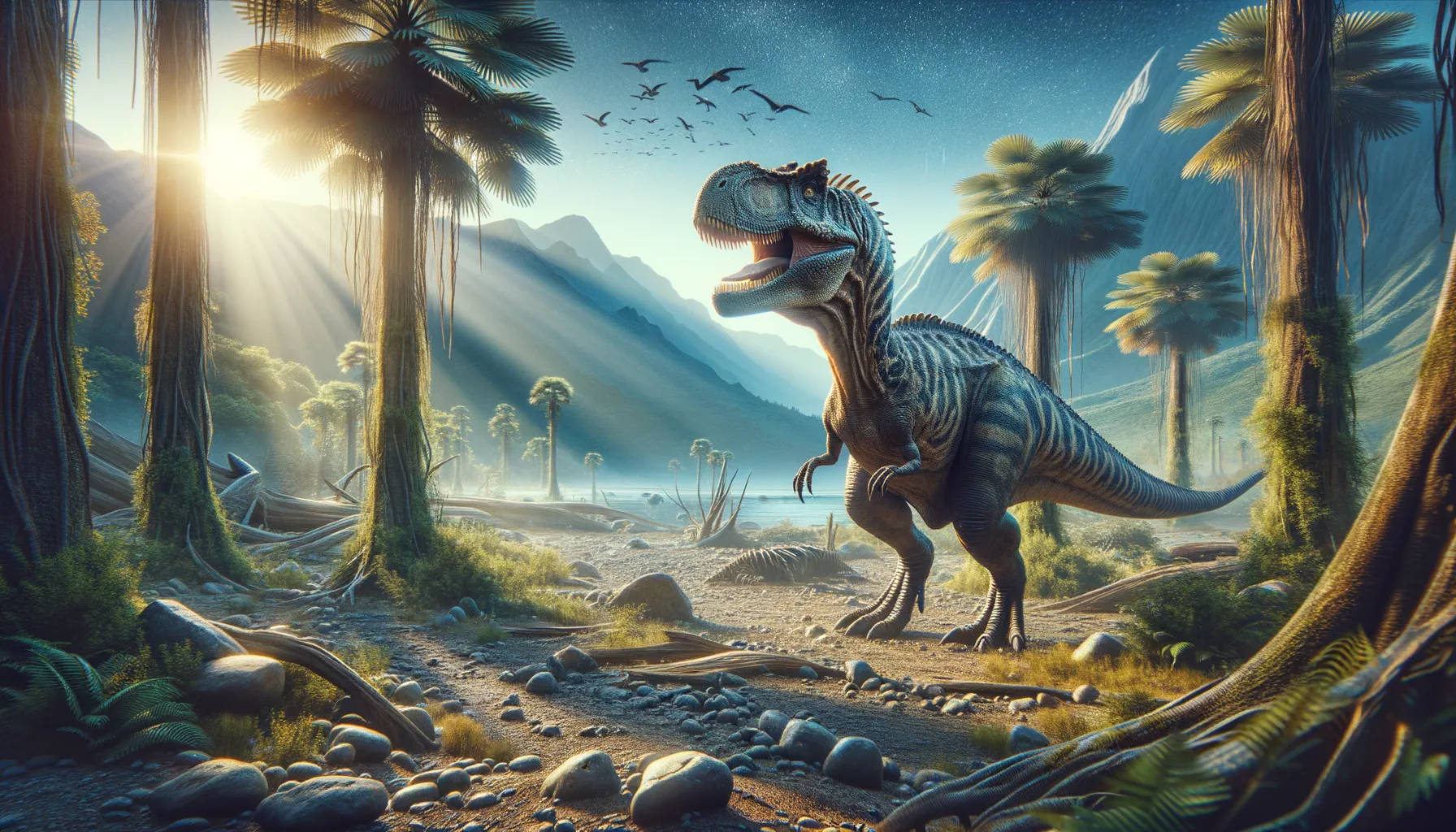
Hierosaurus
A Cretaceous enigma in the fossil record.
Period
Cretaceous
Length
Exact size is unclear, as remains are incomplete.
Height
Detailed measurements are lacking in studies.
Weight
Not well-documented in paleontological records.
Hierosaurus was a dinosaur from the Cretaceous period that has puzzled scientists due to its incomplete fossil records. Known primarily through limited remains, it provides a glimpse into the diverse world of dinosaurs that roamed the Earth millions of years ago. Despite the scarcity of evidence, each finding fuels the curiosity and efforts of paleontologists aiming to piece together its life story.
Diet
The diet of Hierosaurus remains largely unknown due to scarcity of fossil evidence. It is speculated to have had a diet similar to other known herbivorous or omnivorous species from its period.
Hunting
Due to the incomplete fossil records, specific hunting behaviors of Hierosaurus have not been documented. This lack of evidence leaves much to be speculated about its way of life.
Environmental challenges
During the Cretaceous period, dinosaurs like Hierosaurus would have faced environmental challenges such as changes in sea levels, climate shifts, and volcanic activity. These elements could have significantly affected their habitats and food sources. Adaptation to these changes would have been crucial for survival.
Speed
Unknown, as specific studies are limited.
Lifespan
Data is insufficient for precise lifespan estimation.
First discovery
Discovered by Samuel Wendell Williston in 1900.
Fun Facts
- Hierosaurus is an extinct genus of dinosaurs that lived during the Late Cretaceous period.
- It was first discovered in the state of Kansas, USA, primarily known from fossil fragments.
- Belonging to a group called nodosaurs, Hierosaurus had armor-like plates on its back for protection.
- Unlike some of its relatives, Hierosaurus might have lacked the tail club seen in more famous ankylosaurids.
- This dinosaur was herbivorous, meaning it primarily fed on plants, using its strong beak-like mouth to strip vegetation.
- The name 'Hierosaurus' means 'sacred lizard,' reflecting the historical significance of its discovery.
- Hierosaurus contributed to our understanding of the diverse array of herbivorous dinosaurs that existed in prehistoric times.
Growth and Development
Very little is known about the growth and development of Hierosaurus due to the absence of comprehensive fossil data. Any similarities to related species would be conjecture at this point, requiring more evidence for analysis.
Habitat
Hierosaurus is thought to have inhabited regions that today are part of North America, based on the geological context of its fossil finds. The Cretaceous period provided a diverse array of environments that could have included forests, floodplains, and coastal areas. Understanding these habitats helps in piecing together its day-to-day life.
Interaction with other species
There is no direct evidence of interactions between Hierosaurus and other species. Typically, dinosaurs within the Cretaceous ecosystem interacted in various ways, from predator-prey dynamics to competition for resources. Discoveries potentially linking Hierosaurus to other species would enhance understanding of its ecological niche.
Natural lifespan
Estimates about lifespan are speculative due to limited data.
Reproduction
Reproductive strategies of Hierosaurus remain a matter of scientific speculation. Like other dinosaurs, it is presumed to have laid eggs, but specific insights are lacking due to incomplete fossil records.
Social behaviour
Understanding of the social behavior of Hierosaurus is hindered by the insufficient fossil record. It may have exhibited solitary or social traits typical of other similar dinosaurs, but more evidence is needed to form precise conclusions.
Fossil locations
Fossils attributed to Hierosaurus have been found primarily in Kansas, USA. The fossil record is sparse, making definitive assertions about its range or distribution difficult. Future fossil discoveries may help clarify its historical presence.
